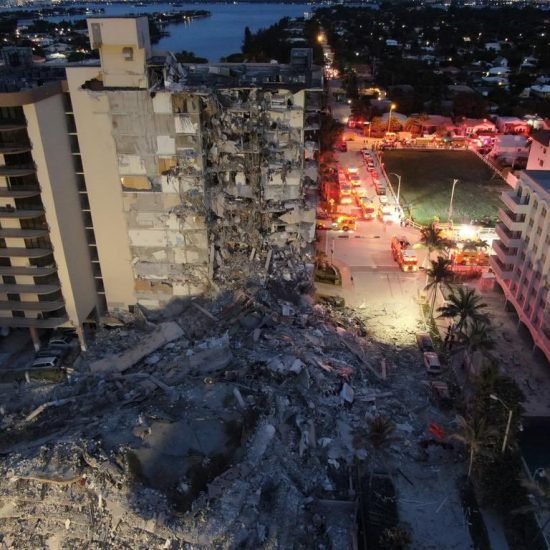
HOA Detective™ – April 1, 2025: Homeowners Associations (HOAs) play a crucial role in managing and maintaining the common areas and shared amenities of many residential communities. However, as the U.S. housing stock ages, HOAs face mounting financial challenges that demand proactive strategies and diligent planning.
The Aging U.S. Housing Stock: The median age of owner-occupied homes in the United States has been steadily increasing. According to the National Association of Home Builders (NAHB), the median age of the U.S. housing stock was 40 years as of the end of 2022. This means half the homes in the U.S. were AT LEAST 40 years old as of the end of 2022. As The HOA Detective™ has pointed out in a previous article, 40 years is OLD when it comes to most buildings and infrastructure installations.
This sobering reality underscores a growing concern among buyers who are shopping for a home located in one of the 366K HOAs in the U.S., as many of the homes are reaching an age where substantial maintenance and renovation are imperative. New homes built between 2000 and the end of 2008 – Post Millennial Housing units – are now 17 to 25 years old, while housing constructed between 2010 and 2021 only added ~8.3 million units, accounting for a scant 10% of the owner-occupied housing stock in 2021. This modest addition highlights the reliance on older homes to meet housing demands.
https://www.roattorneys.com/blog/a-dozen-of-long-term-hoa-challenges
Financial Strain on HOAs: Aging infrastructures necessitate significant investments in repairs and upgrades, placing financial strain on HOAs responsible for communal property maintenance. Deferred maintenance can lead to deteriorating facilities, reduced property values, and increased safety hazards. For instance, communities with buildings constructed several decades ago may face the need for major renovations, leading to inconvenience and substantial expenses for residents.
Regulatory and Insurance Challenges: Compounding the financial burden, many states are enacting stricter regulations to ensure the safety and habitability of aging housing communities. These regulations often require HOAs to conduct regular inspections and maintain adequate reserve funds for future repairs. Failure to comply can result in legal penalties and increased liability. Additionally, the contraction in the HOA insurance market has led to rising insurance costs, further straining HOA budgets.
Impact on Homeowners: The financial pressures faced by HOAs inevitably affect homeowners. To cover escalating maintenance costs, HOAs may increase dues or levy special assessments, placing additional financial burdens on residents. In some cases, homeowners may be unable to afford these increased costs, leading to delinquencies and further complicating the HOA’s financial stability. This situation can create a vicious cycle, where insufficient funds lead to deferred maintenance, resulting in declining property values and resident dissatisfaction.
HOA Insolvency and the Impact of Outstanding Bank Loans: As HOAs grapple with the financial demands of maintaining aging properties, some may face insolvency—a state where the association can no longer meet its financial obligations. This situation becomes particularly complex when the HOA has outstanding bank loans, potentially jeopardizing its ability to function effectively.
Understanding HOA Insolvency: Insolvency occurs when an HOA’s liabilities exceed its assets, rendering it unable to pay debts as they come due. Factors contributing to insolvency include inadequate reserve funding, unexpected repair costs, and delinquent homeowner dues. When an HOA becomes insolvent, essential services such as landscaping, security, and maintenance may be halted, leading to deteriorating community conditions and declining property values.
https://homebusinessmag.com/businesses/real-estate/what-happens-homeowners-association-broke
In part two, scheduled for publication on April 4, 2025, we will discuss the implications of HOA borrowing to address insolvency, and the worst-case scenario of HOA bankruptcy.
Disclaimer: This two-part series is an examination of the implications of insolvency and bankruptcy by a homeowner association, from the buyer’s point of view, and the real estate professionals who are often the front-line protection for their clients. CIDAnalytics acknowledges that comprehensive statistics on the number of Homeowners Associations (HOAs) that have filed for bankruptcy over the past 50 years are not readily available. Although individual cases of HOA bankruptcies have been documented, such instances appear to be relatively rare. The rarity of HOA bankruptcies may be attributed to the unique financial structures of HOAs, where homeowners are collectively responsible for the association’s debts. Consequently, HOAs often resort to measures like increasing dues or levying special assessments to address financial shortfalls, thereby avoiding bankruptcy proceedings.






